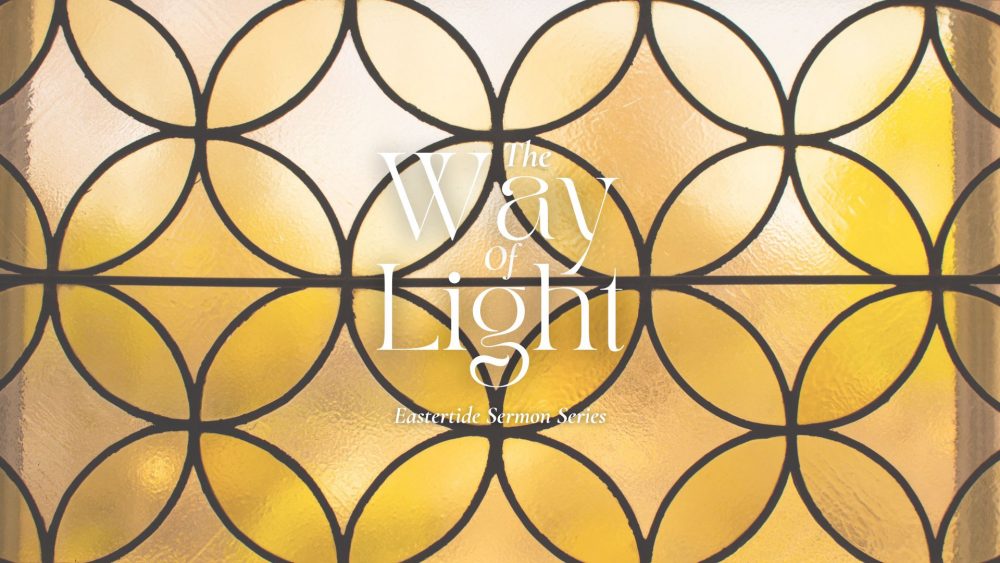Questions for Personal Reflection and Group Discussion
Read John 20:19-29 (ESV):
On the evening of that day, the first day of the week, the doors being locked where the disciples were for fear of the Jews, Jesus came and stood among them and said to them, “Peace be with you.” 20 When he had said this, he showed them his hands and his side. Then the disciples were glad when they saw the Lord. 21 Jesus said to them again, “Peace be with you. As the Father has sent me, even so I am sending you.” 22 And when he had said this, he breathed on them and said to them, “Receive the Holy Spirit. 23 If you forgive the sins of any, they are forgiven them; if you withhold forgiveness from any, it is withheld.” 24 Now Thomas, one of the twelve, called the Twin, was not with them when Jesus came. 25 So the other disciples told him, “We have seen the Lord.” But he said to them, “Unless I see in his hands the mark of the nails, and place my finger into the mark of the nails, and place my hand into his side, I will never believe.” 26 Eight days later, his disciples were inside again, and Thomas was with them. Although the doors were locked, Jesus came and stood among them and said, “Peace be with you.” 27 Then he said to Thomas, “Put your finger here, and see my hands; and put out your hand, and place it in my side. Do not disbelieve, but believe.” 28 Thomas answered him, “My Lord and my God!” 29 Jesus said to him, “Have you believed because you have seen me? Blessed are those who have not seen and yet have believed.”
- Five-hundred years ago it was rare for people in the West not to believe in God; now it often feels very difficult – almost impossible – to believe. Why do you think that has changed?
- Glance through John 20 and 21 and note the different reactions the following people had to the empty tomb and why each person might have reacted as they did: Mary Magdalene, John the disciple, Thomas, Peter, Two people on the road to Emmaus (Luke 24:13ff).
- Jesus responded to the doubts of these people in ways that seem to have been tailor-made for each of them. Discuss why each of Jesus’s responses fit that person and what Jesus was seeking to do in each case.
- In John 20:9, the gospel writer says, “For as yet they did not understand the Scripture, that he must rise from the dead.” What were some factors that would have made it very difficult for the disciples to believe in Jesus’s resurrection?
- Why did the Romans crucify people? What was their aim in this punishment?
- A lot of our doubts are caused by false assumptions that we’re basing our beliefs on. What are some false assumptions that can lead to a crisis of faith? If you’ve ever doubted God, can you now discern what false assumptions might have been behind that for you?
- John 20:31 indicates that John wrote this Gospel to give people evidence to help them believe in Jesus, so clearly it’s not wrong for a person to need evidence. What kind of evidence has helped you believe in Jesus? Is there additional evidence you wish you could have that would help you believe more?
- Bobby gave some suggestions of how to deal with times of doubt. Talk about those suggestions and which ones resonated with you most.
- If you’ve ever experienced what it is like to have “sorrow in the midst of joy and joy in the midst of sorrow” share about that.
- What did you sense God saying to you through this passage and this message?

